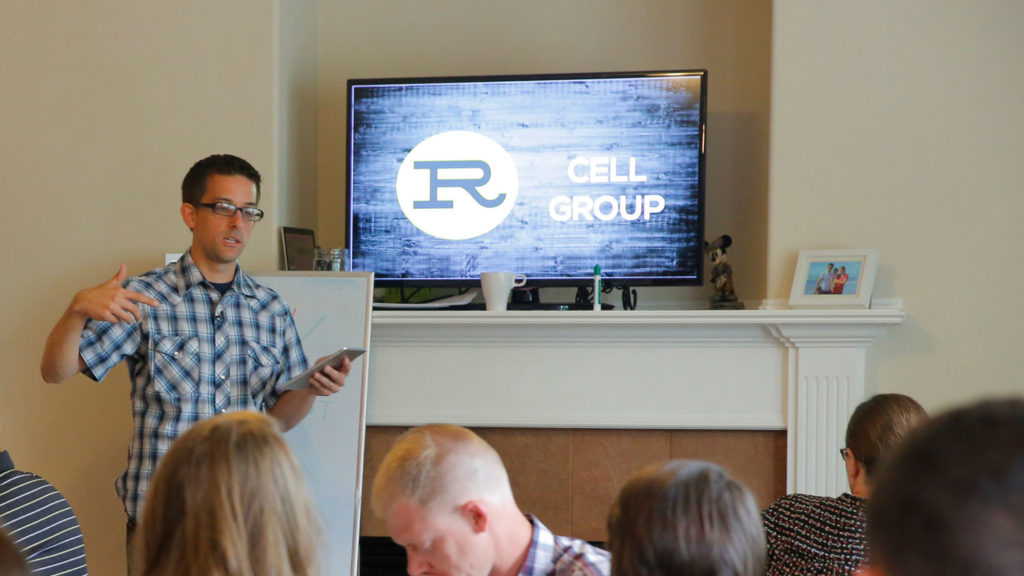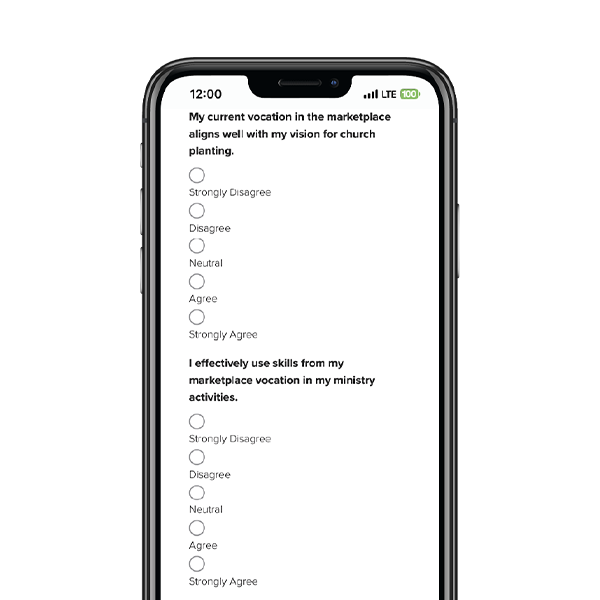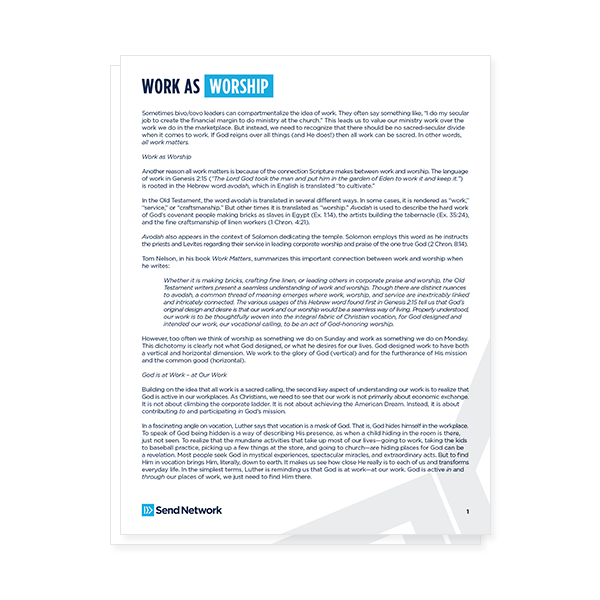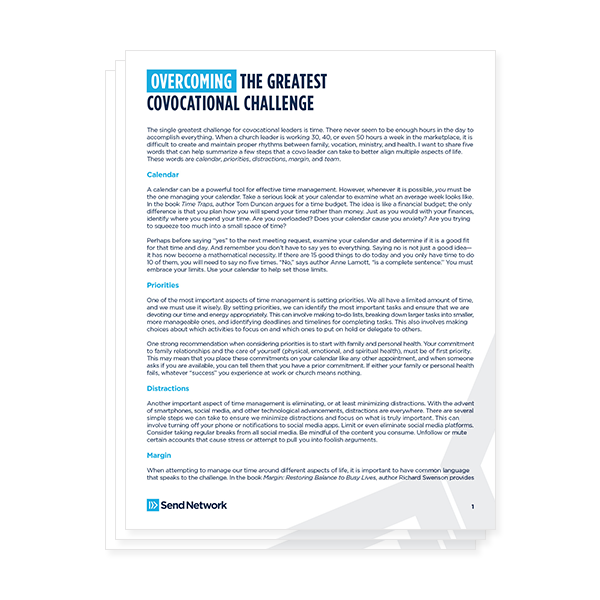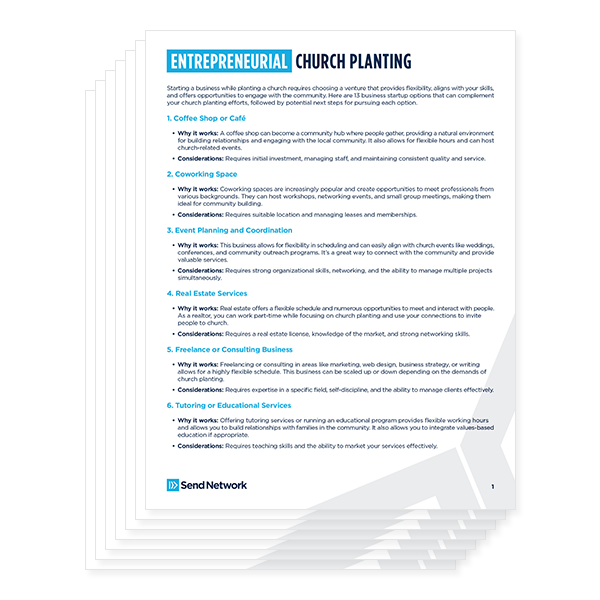Everywhere you turn these days, you can’t help but hear the term “big data.” Retailers, app developers, even ministries are looking for new and better ways to capture information about their customers and audiences, learn more about their habits and interests and then use that information to market to and communicate with them.
Whether you are a big church or small one, full of resources or struggling to get by, I recommend a few important steps as you think about using data and technology to reach your community for Jesus and better connect with your congregation.
You will note this blog is not about which apps to buy or technology to use. It’s about a process designed to help you decide what you need. Otherwise, your approach would be like buying a car before knowing how to drive.
First, get the basics right.
- Does your church’s website have the correct address for your meeting location?
- Does your church website have a mailing address for folks to send you checks and notes of encouragement?
- If someone Google’s your church, does Google maps take them to the place you meet?
Before you laugh at the absurdity of these questions, please know I am not asking rhetorically. It is common for church plants to regularly change locations. It is not quite as common to keep your location information updated. And, for those meeting in one location for worship and having an office in your home or somewhere else, you’d be surprised at the number of churches that do not make it easy to find a mailing address on their website.
I met with a church planter last year in one of NAMB’s Send Cities. I was so impressed with his ministry that, when I returned home, I wanted to send him a contribution. I went to his church’s website. No mailing address.
I once had a college athletic coach tell me that his players were saying great things about their local church plant and they kept inviting him along. One Sunday morning, the coach Googled the church and followed the directions…only to find that he had arrived at the location of the church from three locations ago.
Second, what do you want to use data for?
The problem with big data is…well, it’s big. There’s lots of it and we can become overwhelmed by the information. Capturing the data is not hard. Understanding it and using it productively is.
As a result, brainstorm all the ways you want to use data and technology. That will help inform both your data collection process and strategy for using it.
- Do you want to track how a first-time guest or member connects with your church and its ministries?
- Do you want to compare attendance at various worship services, small groups and programs to see what’s working and what’s not working?
- Do you want to give members and guests the opportunity to give via text message during the worship service?
Third, start small.
My kids have wish lists at Christmas time. My guess is that when you take step two, your list will be as long as theirs. But, their list is not practical, and yours won’t be either. To take the right next steps that you can both afford and manage, do the following:
- Break your wish list into three buckets – must have now, would like to have soon, would love to have at some point.
- Take each of these buckets, and answer two questions for each item: Who will oversee capturing, analyzing and using this data? How will we actually use the data and how often?
- If you can’t answer those two questions clearly and specifically for any item, strike it from the list.
- Then prioritize. Decide which three items on your list are most important.
- Finally, answer one final question: What technology, app, software (or notepaper and pencil) do we need?
Because you are a steward of God’s resources, I hope you’ll resist the urge to buy something bigger than you need. Or to believe that technology is the silver bullet to your growth and ministry challenges.
Nope. Get the basics right. Truly examine your needs. And start small. If you do that, you’ll build a culture that embraces technology and data the right ways, matches current tools with current needs and allow you to grow and evolve in your technology utilization as your church grows and evolves.
How are you currently using technology in your church? And are your tools matched with your needs?
Published April 6, 2017
